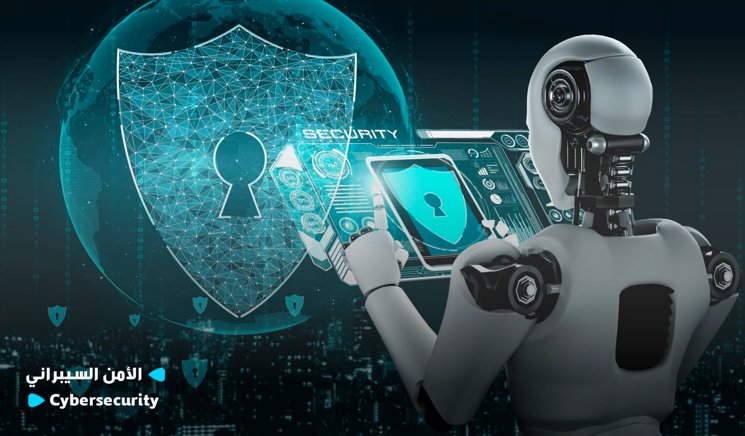- AI improves the presence of cybersecurity.
- Ability to safely store data via cloud.
- Blocking every potential attack.
The majority of businesses compete fiercely to invest in technology and rank among the top industries in the digital economy. to make people and many industries more dependent on technology and electronic networks for day-to-day needs; the reasons behind the widespread talk of the "digital transformation" in society.
It is predicated on safeguarding networks, operational technology systems, information technology systems, hardware and software components, services, and data from unauthorized access, hacking, interruption, alteration, and usage. Information security, cybersecurity, digital security, and so on are all included in cybersecurity.
To expand on its uses, cybersecurity is divided into other categories, chief among them being:
1. Cloud security: a comprehensive collection of technologies and protocols, the main goal of which is to safeguard cloud computing environments, cloud-operating applications, and cloud-stored data. The benefits of cloud computing services are not hidden from offering disaster recovery, security, and protection for various types of data. Data stored in the cloud is always accessible to users from multiple devices at once and is unaffected by potential device damage. You may access your data or applications quickly and from any location at any time. We see that the majority of contemporary institutions now rely more heavily on artificial intelligence in their job in order to improve business, increase operational performance, and inspire confidence in users. Because of the volume of data and the possibility that it is uncontrolled and unidentified, it may be very difficult to retain the data from these institutions. Due to the aforementioned factors, numerous businesses have rushed to offer a wide range of services to their clientele, one of which is cloud computing. This allows users to store and track data as well as share it through open channels with other businesses.
2. Operational Security: Also known as procedural security, this type is most frequently used by risk management authorities. Its goal is to manage the risks associated with all facets of internal cybersecurity thus, their work primarily consists of making sure that backup plans are in place in case of an attack. A statement of knowledge regarding operational security is also included, outlining how to advise and educate staff members on the best ways to safeguard both personal and corporate data.
3. Internet of Things Security: Research data has shown that the IoT security market is expanding. This helps to increase productivity across the board because IoT security is one part of cybersecurity that offers crucial user devices like printers, Wi-Fi routers, and sensors. Organizations will receive a variety of systems and analyses that lessen the issue of cyber dangers when IoT security is connected with the system.
4. Network Security: Utilizing a variety of contemporary technologies that lessen data theft and stop malicious software, network security is built upon multiple security systems that function as a safety valve to thwart all forms of cyberattacks. Permitted users are the only ones with access to the secure network, offering complete protection to computer networks against external or internal attacks.
5. Application Security: allows companies and institutions to detect sensitive data that needs to be protected and uses many software and devices - during the development phase of the e-project - to thwart all potential attacks on the cybersecurity system, and several application security methods; The main ones are firewalls, antiviral software, and encryption using special programs.
AI positively affects cybersecurity, and can handle a large number of data, in turn, it helps counter cyberattacks and illegal activities and has a high capacity through the development of new data analysis tools, tactics and strategies, predicting attacks, where the ability to quickly detect threats is crucial, one of the most important advantages that serves enterprises and stakeholders in this sector is the reduction of costs. financial impact of data breaches is costly for those who do not use AI compared to those who benefit from AI's services for cybersecurity purposes.
Cybersecurity is based on continuity and evolution, as it helps ensure the sustainability of information and data safely So, institutions and individuals have to keep their systems and data protected. security strategies and programs to address the changing and advanced threats they face in the digital world, Periodic reviews over time are planned to protect companies' data and all users from penetration that causes material and moral damage, potentially damaging sensitive data.





